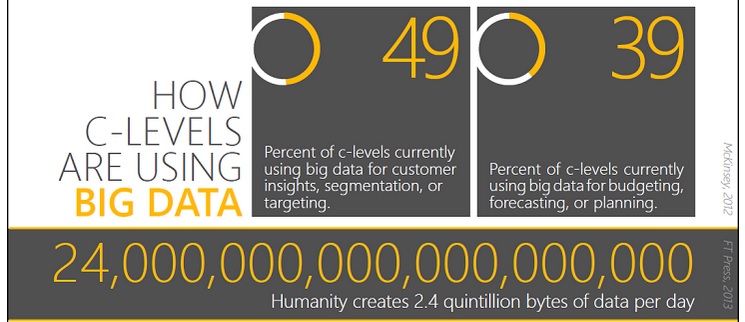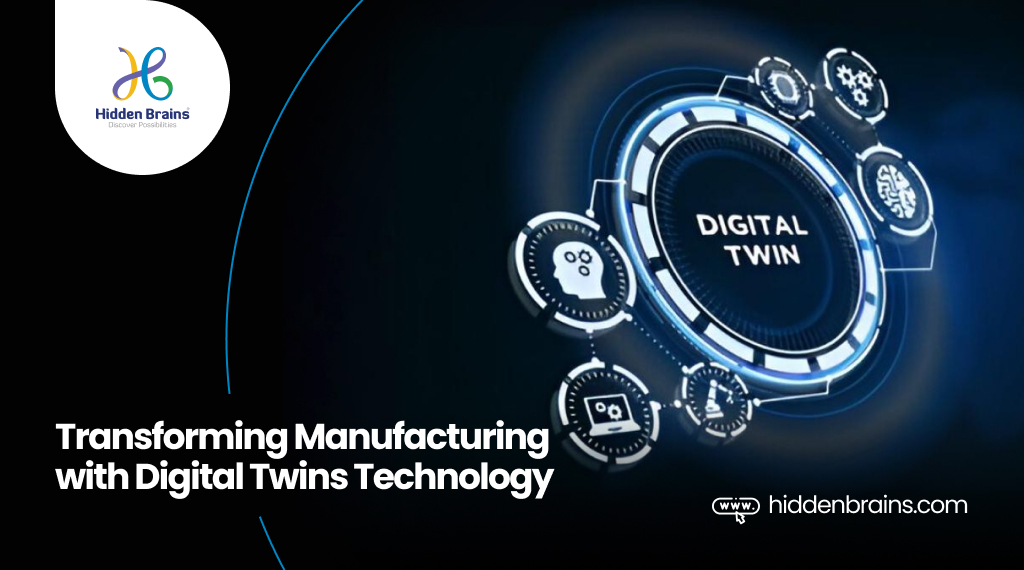Predictive analytics is not a new phenomenon. It has been in existence for decades and finally coming of age. Businesses across the globe are looking to use this technology to predict trends and understand user behavior for enhanced performance and improved bottom-line results.
And with the advent of big data, this method is now growing at a rapid pace.
Businesses collect voluminous customer data and predictive analytics utilizes this historical data to predict future events or otherwise unknown events. Predictive analytics involves variety of statistical techniques such as modeling, machine learning, and data mining to enable organizations use big data (both stored and real-time) and move to a progressive path for customer.
In business, predictive models determine patterns found in historical and transactional data to narrow down risks and maximize opportunities. Models define relationships among different factors that allow assessments of risk or potential of any given set of conditions, guiding decision making.
Types of Business Analytics
Descriptive Models
Descriptive models look into customer’s history to often classify prospects into groups and categorize customers by preferences and life stage. Descriptive models can help you uncover reasons for success and failures in the past, ultimately helping you make informed decisions in the present.
Predictive Models
Predictive model uses rules and algorithms to help predict a given outcome from specified units. The objective is to assess the likelihood whether a similar unit in a different sample will exhibit exactly same performance. Predictive models often perform calculations during live transactions to evaluate risk or opportunity in order to guide a decision.
Decision Models
Decision models describe the relationship between all the elements of a decision to predict the results. This model drives set of business rules to produce preferred action for every customer or circumstance.

Image Courtesy: Microsoft
Why predictive analytics is coming of age?
Robust Technology Power
Technology is now growing at an exponential rate. High computing power is now available at lower cost. But what has computing power got to do with predictive analytics? Think about it, thanks to computing power running a predictive model can only take a matter of minutes. It is now relatively easy to integrate and operationalize the output into business process.
Next-level business intelligence
Today’s businesses want to get a better understanding of what actions customer will take and derive business value from data. With solid business intelligence in place, companies are looking to leverage predictive analytics.
Simplicity of use
The market is now much more aware of predictive analytics and many vendors have developed automated model-building capabilities. Predictive analysis is easier to use for end users and vendors have also introduced ways to operationalize predictive analytics in business processes.
BIG Data & Predictive Analytics: Getting Bigger & Better

Image Courtesy: Microsoft
Big data is getting bigger with each passing day and business data continues to explode. Enterprises are looking to efficiently manage and analyze business data for competitive advantage. Predictive analytics is now an instrumental form of analytics for big data. This has helped to phenomenally increase the popularity of the technology.
Real World Implementation of Predicative Analytics
Healthcare
Predictive analysis can greatly improve healthcare especially the areas of patient care, disease management, administration and supply chain. However, each and every health care system needs to define how this model can be used within their ecosystem.
Retail
Predictive analytics can transform customer experience. Predictive model analyzes pricing trends to help you determine the right prices and ultimately improve profitability and bottom-line results.
Travel Industry
Many travelers use different communication channels while planning their trip. They research online about preferred travel destination, book over the phone and correspond over email before they arrive. Predictive analytics lets ascertain how users will communicate or where customers will have the memorable travel experience.
Synopsis
With more granular data and new sources, predictive applications have moved to the next level. This model is no longer confined to statisticians. The most recent trends show that business analysts are making use of this technology. This model helps introduce a whole new world of opportunities to enable organizations’ improve their returns.





















































